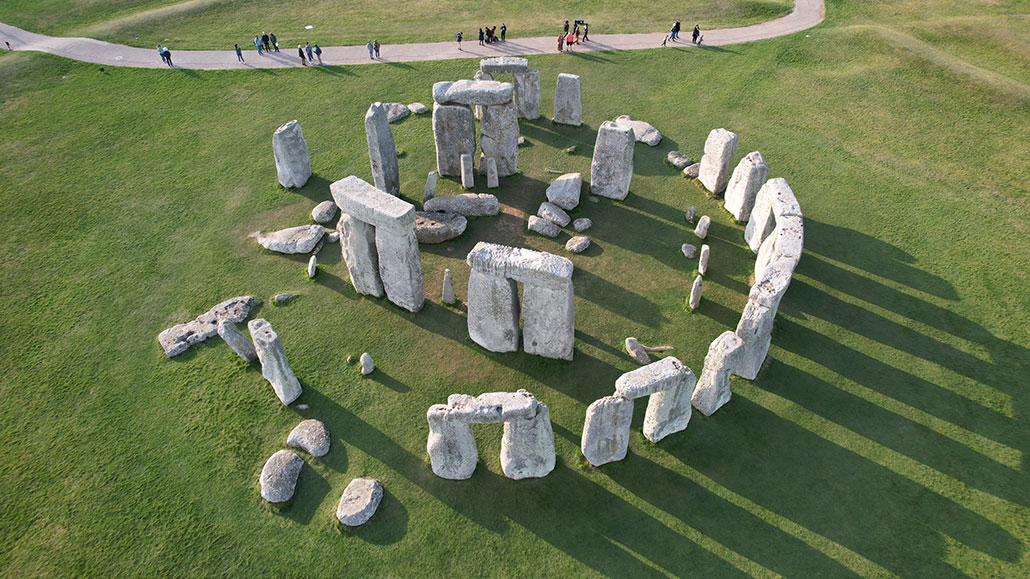
Archaeology
Analyze This: Stonehenge’s ‘Altar Stone’ has mysterious origins
After a century of searching for the source of the Altar Stone, scientists have yet to figure out where ancient people got the rock.
Come explore with us!

After a century of searching for the source of the Altar Stone, scientists have yet to figure out where ancient people got the rock.

Inland melting of the Northeast Greenland Ice Stream is accelerating — and may contribute far more to sea level rise than earlier estimates suggested.

Diamond is born under extreme heat and pressure inside Earth and elsewhere in the universe.

Scientists hope that capturing carbon dioxide this way will limit both further warming of our planet and an escalation of extreme weather events.

Such mountain sway data can help planners map high-risk zones for peaks, bridges or any large structures.

Los datos que demuestran esta relación entre las erupciones de este volcán griego y el nivel del mar se remontan al menos a 360,000 años.

Pressures within these pyroclastic flows may be as much as three times as high as observations had suggested.

The ice shelf that had kept it in place could fail within five years. That would speed the glacier’s slip into the ocean, boosting a rise in sea levels.

Smoke drifts. Fish eggs float downstream. Where such drifting things end up may seem a mystery. But research can predict where they’ll end up.

Earthquakes usually last seconds. But sometimes, they can last days, or even years. Here’s what scientists are learning about these “slow-slip events.”